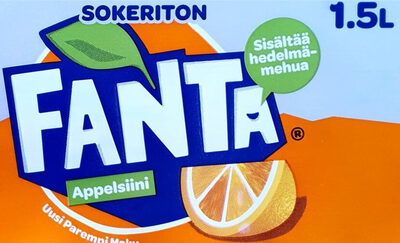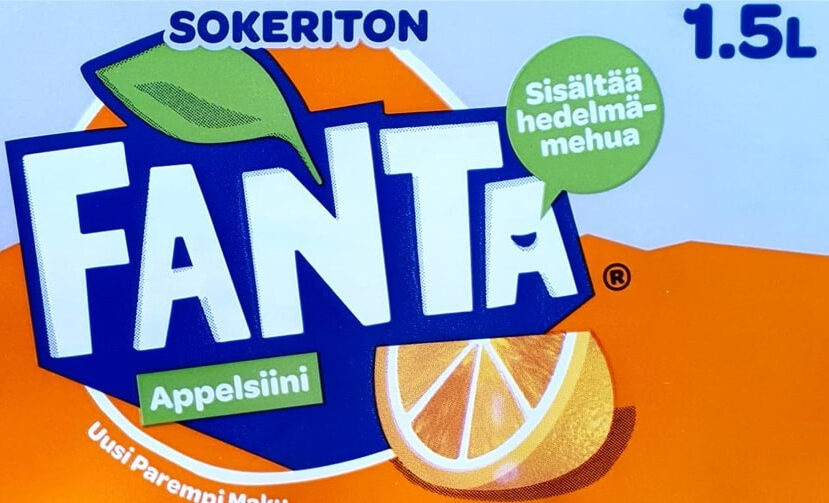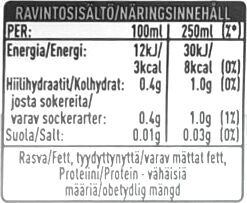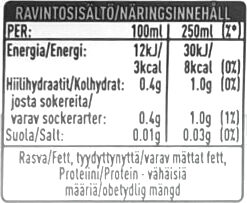Apelsin Sockerfri - Fanta - 1.5 l
This product page is not complete. You can help to complete it by editing it and adding more data from the photos we have, or by taking more photos using the app for Android or iPhone/iPad. Thank you!
×
Streckkod: 6415600507790 (EAN / EAN-13)
Kvantitet: 1.5 l
Varumärken: Fanta
Kategorier: en:Beverages and beverages preparations, Växtbaserad mat och dryck, Drycker, Växtbaserade drycker, Kolsyrade Drycker, Fruktbaserade drycker, en:Artificially sweetened beverages, Läsk, en:Diet beverages, en:Fruit sodas, en:Diet sodas, en:Orange soft drinks, en:Light fruit sodas, en:Light orange soft drinks
Etiketter, certifieringar, utmärkelser: Inget tillsat socker
Matching with your preferences
Miljö
Förpackning
Transportation
Report a problem
Datakällor
Produkt tillagd den av dahlqvist
Senast ändrad produktsida på av anttiw.
Produktsida också redigerad av mvainola, openfoodfacts-contributors.









